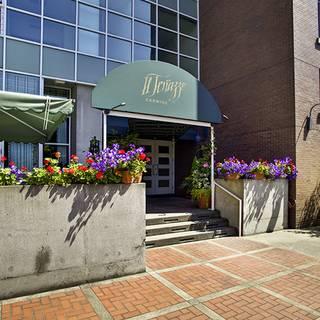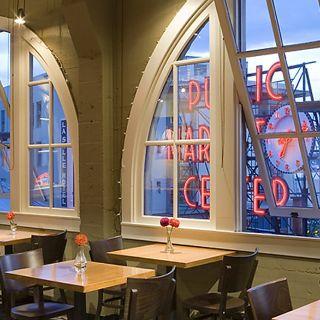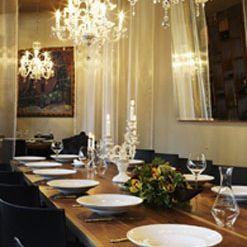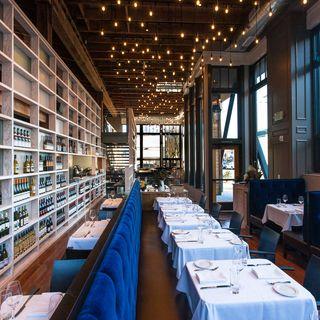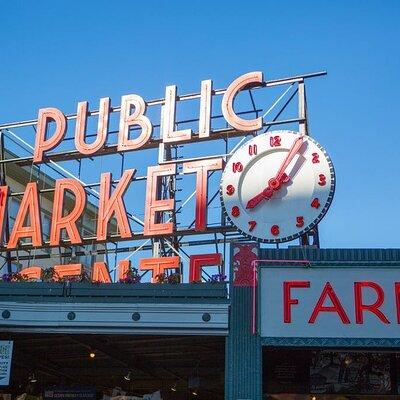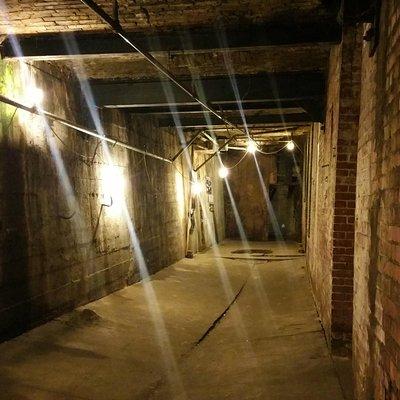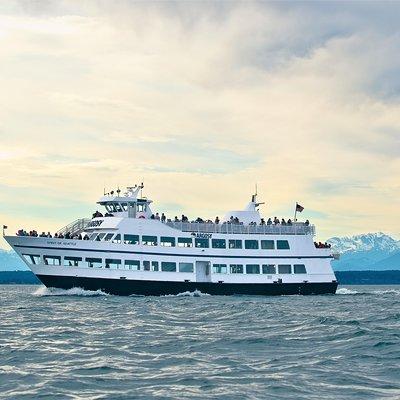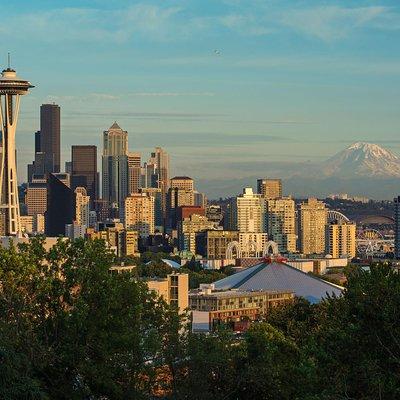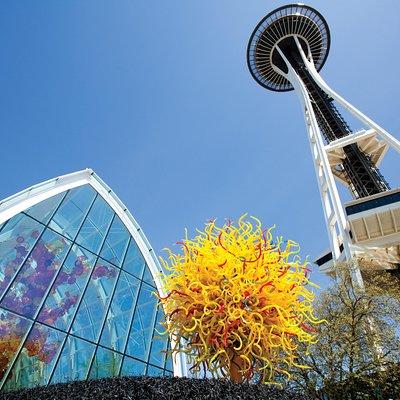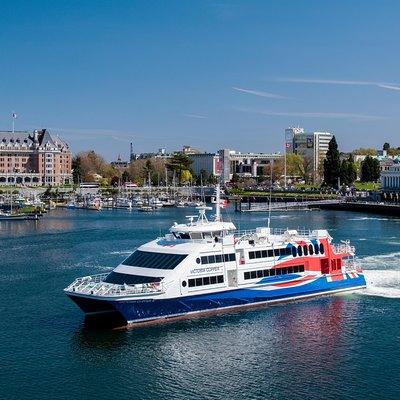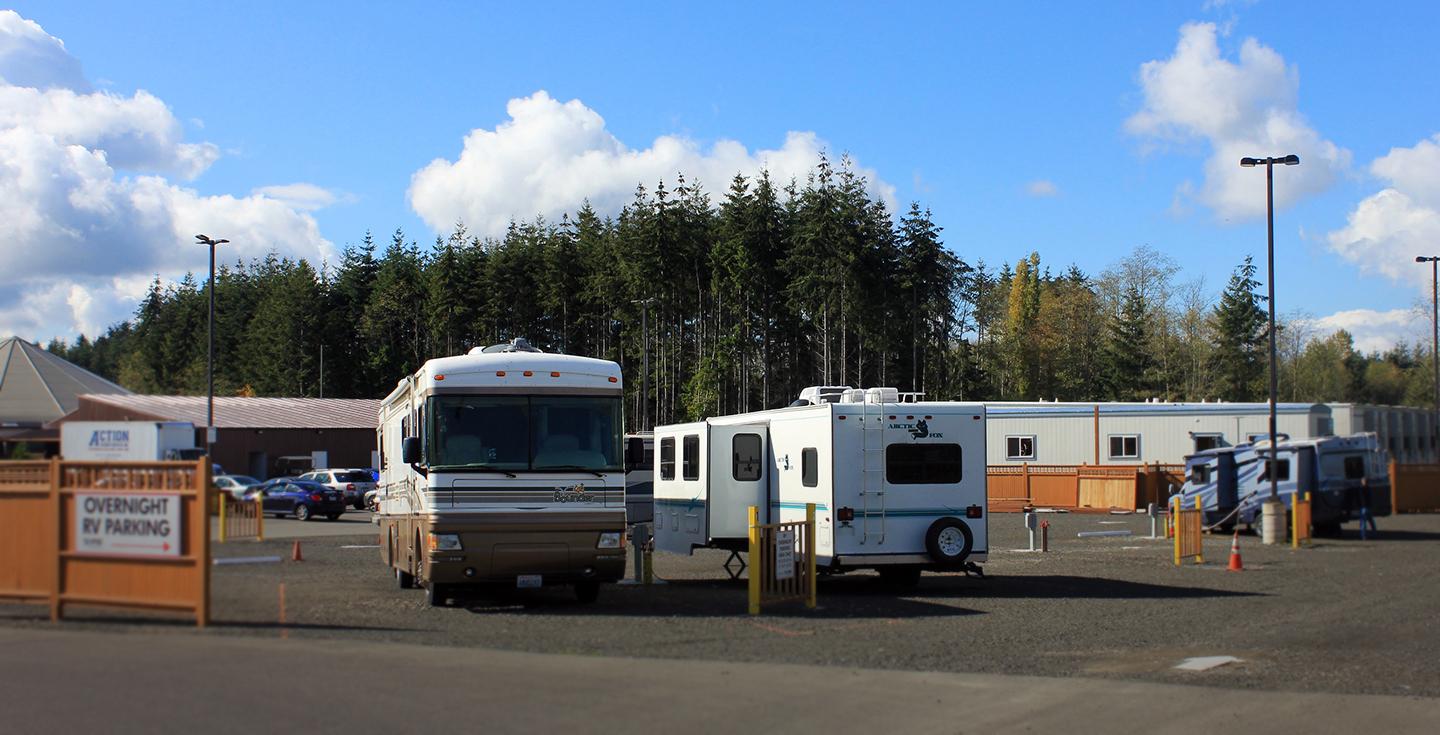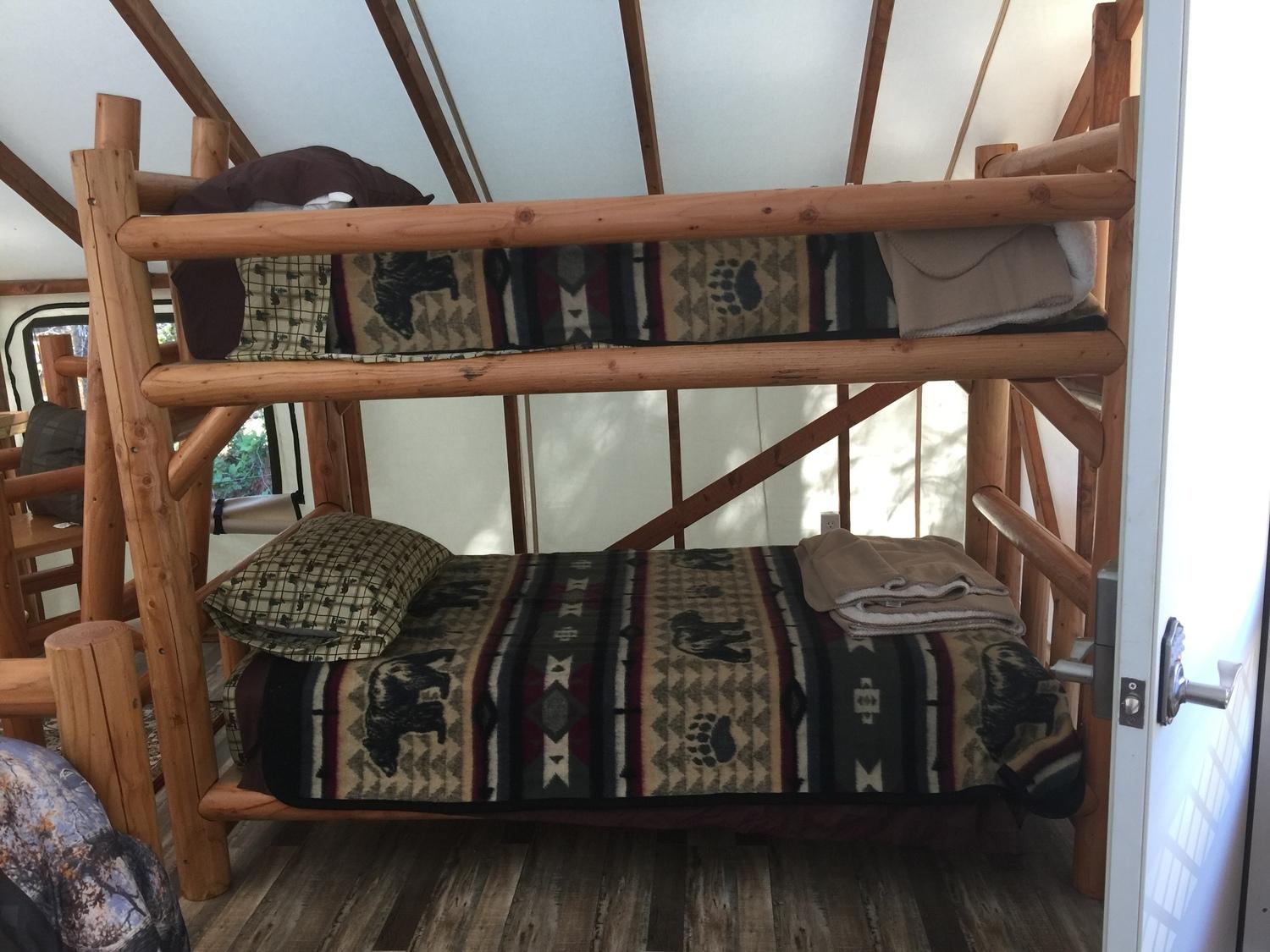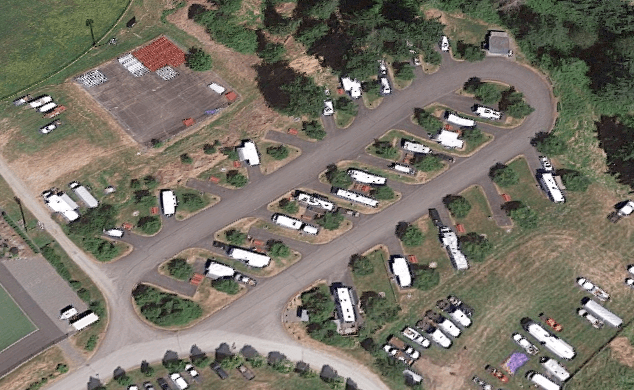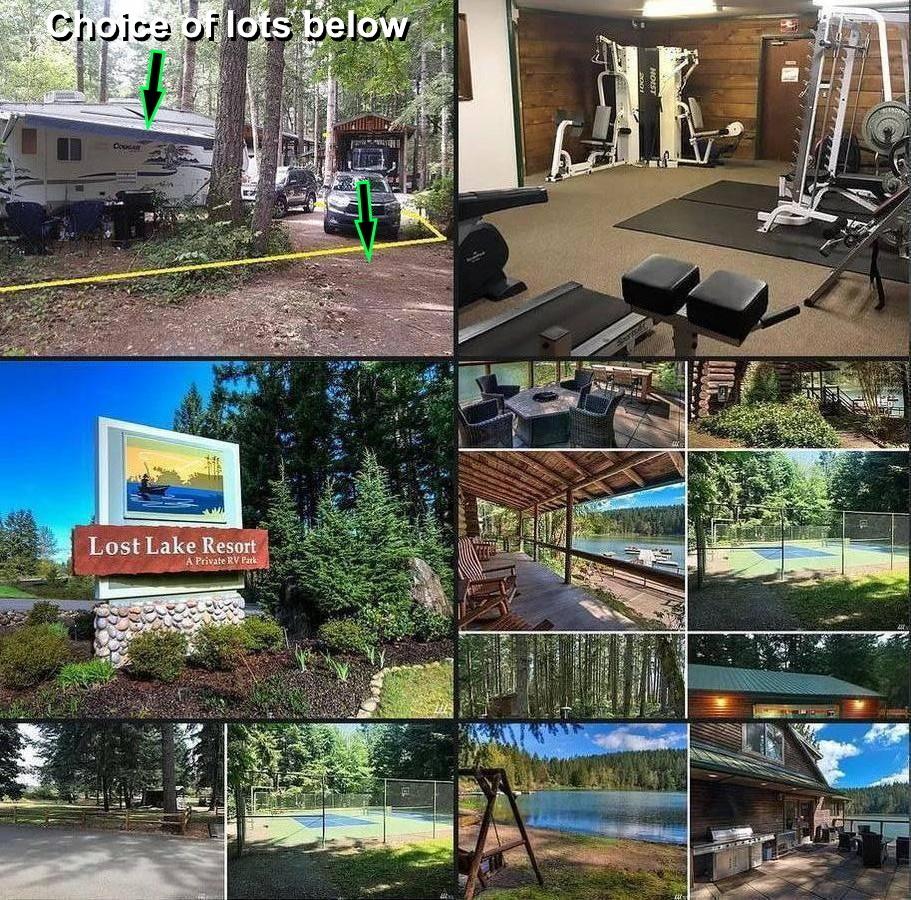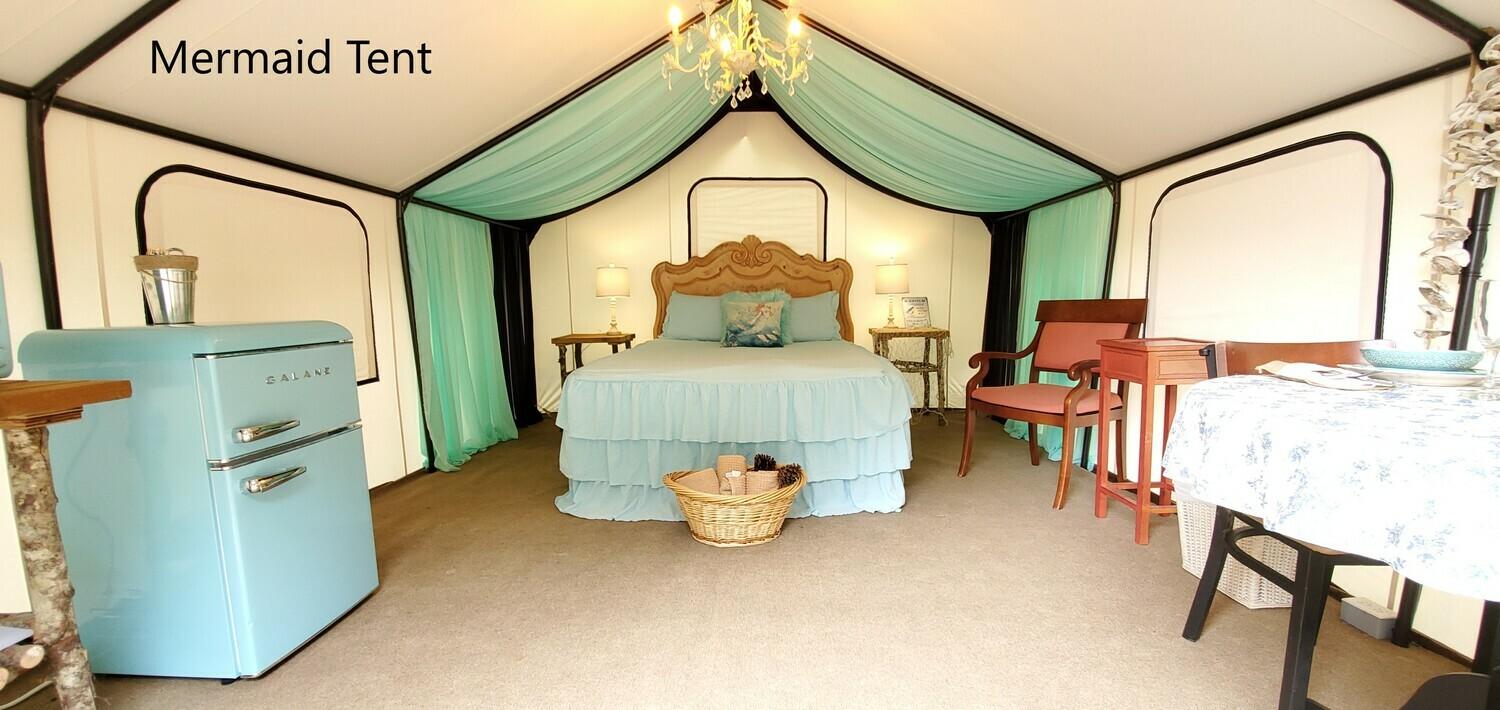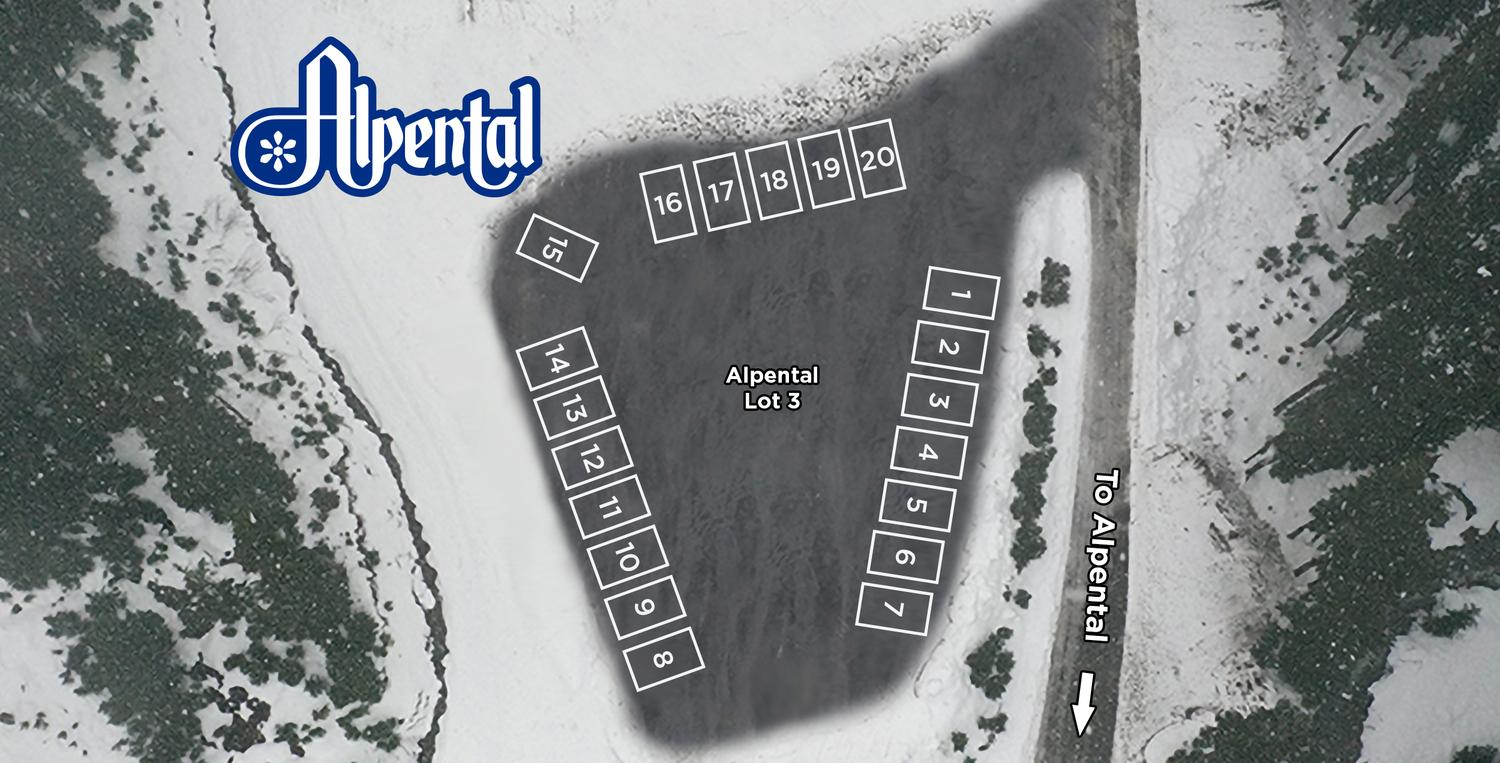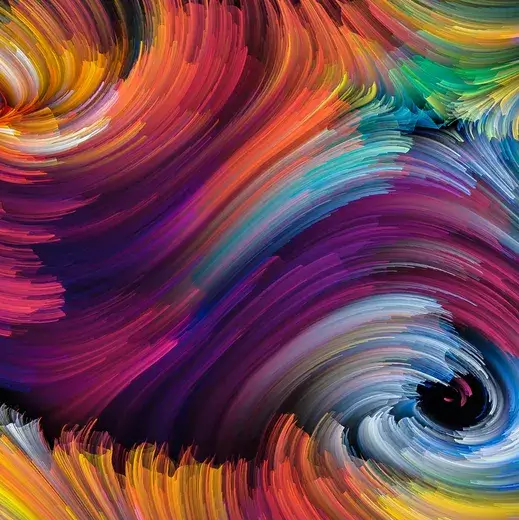
Seattle is so scenically blessed it's almost laughable. Look to the west and the snowcapped Olympic Mountains frame your view. To the south lies 14,411-foot Mount Rainier, a majestic presence on the horizon despite it being 90 miles from the city. The sparkling waters of Puget Sound reflect the Seattle skyline and feature an intricate network of bays, inlets and islands large and small. Long, skinny Lake Washington is beautified by an almost continuous series of parks and greenbelts along its shore. And Seattle sits right in the middle of it all. The vistas are, in a word, awesome, and the city’s greenery is at the root of its nickname “The Emerald City.” Learn More...
Seabourn
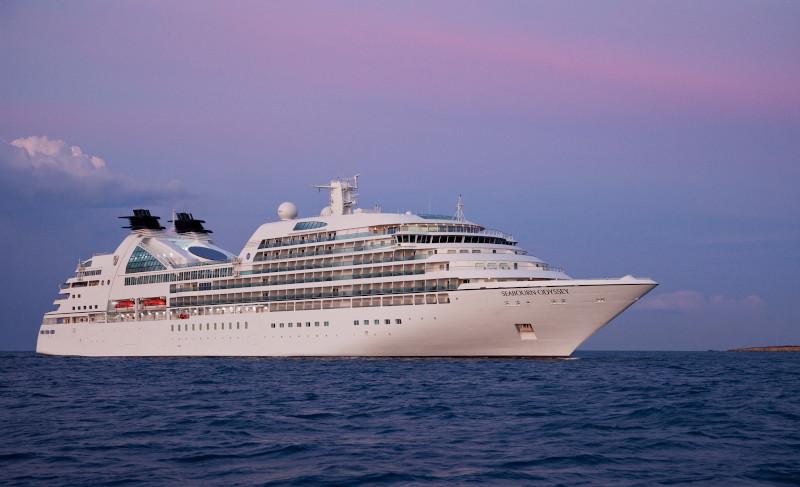
Celebrity
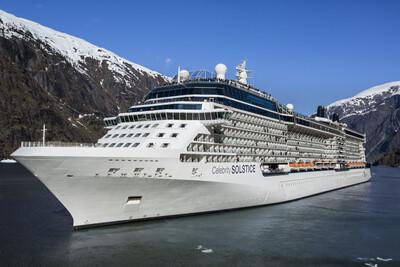
Celebrity
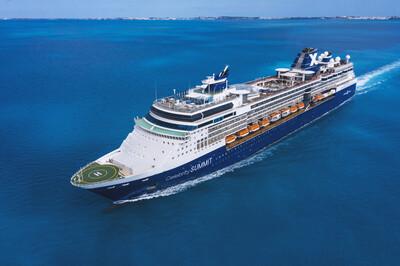
Celebrity

